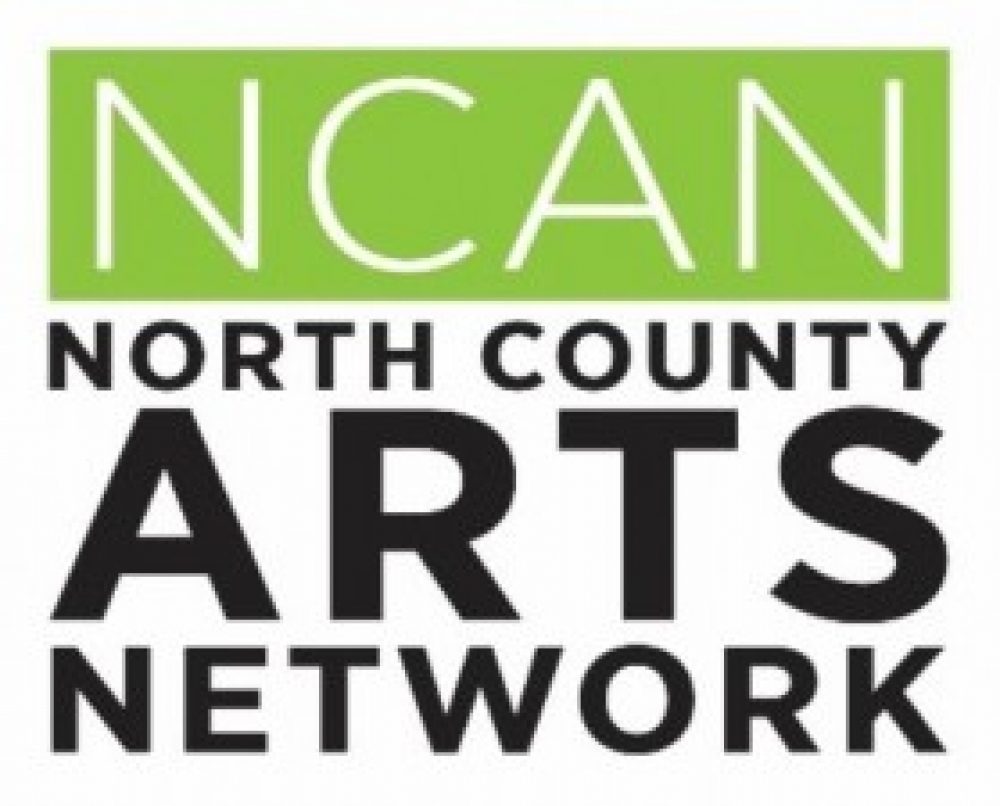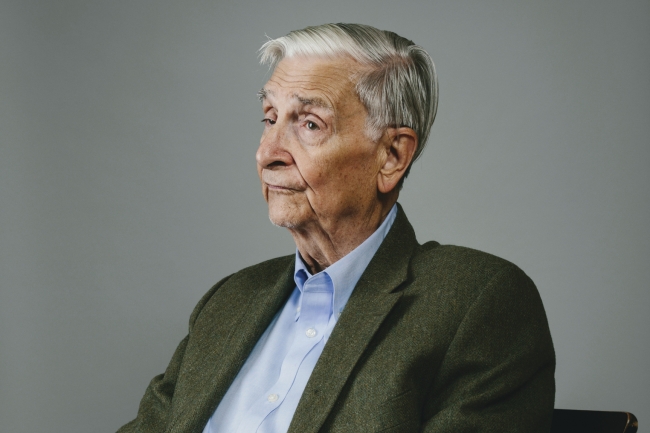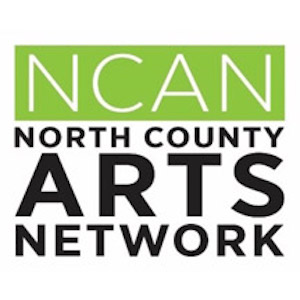E. O. Wilson in his office at Harvard. Photo by Bob O’Connor for The Wall Street Journal
E. O. Wilson on the next big thing, the gladiatorial nature of academe, and the world beyond the human senses
Article first posted in The Chronicle of Higher Education
By Charlie Tyson MAY 07, 2019
In the hallways of his retirement home in Lexington, Mass. — an upscale community where paintings by Matisse and Manet hang on the wall and former college presidents mill
around, drinking coffee from paper cups — E. O. Wilson is a popular figure. He is the country’s most celebrated naturalist. In the National Portrait Gallery in Washington, D. C., his
portrait hangs next to Michelle Obama’s. “I joked to a friend,” he says, “that she deserves the honor.”
Wilson, who turns 90 next month, officially retired from Harvard University in 1996. Yet he shows no signs of slowing down. He refuses to use a cane because he doesn’t want to
become reliant on it. His gait through the hallways — “Pardon my wobbling” — is idiosyncratic and indefatigable.
One could say the same about his work. Not since Alfred Kinsey has an entomologist’s career been so marked by controversy. Wilson became a public figure in 1975 with
Sociobiology (Harvard University Press), which argued that social behavior, in humans as in other species, has a biological foundation. Some critics — most notably Richard
Lewontin and Stephen Jay Gould, both just down the hall in Harvard’s biology department — saw the book as providing scientific cover for racism and sexism. In a well-known
incident at the 1978 meeting of the American Association for the Advancement of Science, a demonstrator dumped a pitcher of ice water on his head, shouting, “Wilson, you’re all
wet!”
“I feel strongly about fundamental advances in science. Is there something like that going on in the humanities? If not, why not?”
Wilson’s new book, Genesis (W. W. Norton), extends a more recent, more muted controversy: the fight over how altruism evolved. What mechanisms of evolution led to the
emergence of eusociality — the high level of cooperation exhibited by ecologically dominant species such as ants, termites, and human beings?
For decades, the reigning answer in biology has been kin selection and inclusive fitness: the idea, given mathematical support in the 1960s by the British biologist W. D. Hamilton,
that genetic relatedness drives the development of cooperation. Wilson, once an evangelist for kin selection, has since come to a different view. The evolution of eusociality, he
argues, is driven primarily by group-level selection. Within groups, selfish individuals beat altruistic individuals — but altruistic groups beat selfish groups. A paper Wilson published
with two mathematicians in Nature in 2010 laying out the case against Hamilton’s inclusive fitness theory provoked a critical letter co-signed by 137 scientists. In Genesis he
continues the campaign for group selection.
Wilson spoke with The Chronicle Review about what’s wrong with STEM education, where the natural sciences and the arts overlap, and whether professors are bad at respectful
disagreement.
Q. What are some questions that scientists today should be asking but aren’t asking? What’s causing our blind spots: Funding? Overspecialization? Politics?
A. You’re asking me an impossibly large question. Let me make one suggestion, and maybe that’ll lead to another.
I am unhappy about STEM. That is, I’m unhappy about how it’s presented as the principal portal for careers in science and technology. Young people — in some cases, young
enough to be as far back as grammar school — are presented with this intellectual triathlon in order to go into science and technology.
There’s no question that we need all the ablest people that can be recruited to go into science and technology to keep this country strong. But STEM is an unnecessarily
forbidding set of stairs.
Consider a young person who’s thrilled by seeing a natural system, a remarkable geological formation that stirs the imagination, or a group of animals or plants. This youngster
says, Boy, when I get to college, I would like to move on to a career in science, and biology especially. Now, the STEM-oriented teacher — if we are following the STEM ideology
as we hear it — says: “I think that’s a good ambition. But remember that biology is based substantially upon chemistry. So, I advise you to start getting a good background in
chemistry. Oh, and while you’re at it, you should keep in mind that chemistry is based upon, to a major degree, principles of physics. So consider starting to get a background in
physics, too. And, oh, I almost forgot: To get into physics, and a lot of the best parts of chemistry, you’re going to need ‘M,’ mathematics. So I want you to get started on math
courses right now.”
Now, I’m going to say something startling. And I’m going to get myself in trouble. But heck, that’s why you’re here.
Q. Yes.
A. And I’m going to say: Nonsense!
The right way to create a young scientist who’s going to be on fire by the time they’re in college is to let them pick something, some subject, that has really excited them. If they
dream of space exploration, if they dream of curing a cancer, if they dream of going to distant jungles and discovering new species — whatever their dream is, let them dream.
Q. You’ve written a lot about the arts and the humanities, most recently in The Origins of Creativity (W. W. Norton, 2017). What draws you to these subjects?
A. I love creative writing. I admit to being pretty much of an ignoramus in the traditional humanities. But I feel very strongly about the way fundamental advances in science are
made. And I wondered, is there something like that going on in the humanities? And if not, why not?
Science tends to advance sometimes in major jumps. Something is discovered, some mystery is solved, some system is for the first time understood and can be duplicated.
When that happens, science moves quickly. I started thinking: What moves the creative arts? I thought, maybe a scientist could say something useful to innovators and masters of
the humanities. I thought the next big thing could be at the interface of science and the creative arts.
Q. I see.
A. Human beings live in a tiny sensory bubble. We are lousy at taste and smell.
If you were to turn your mind off of sound and sight and just pay attention to chemical signals being broadcast all the time, in almost any ecosystem, by thousands of species of
organisms, with different substances, different rates of diffusion — if you could visualize that, if you could convert it to what human beings could see — you would have a whole new
world sprout up around you.
Let me give an example. A female moth comes out from the pupa. She’s got to mate. She releases a sex-attraction pheromone that’s carried downwind. In some moths, that
pheromone can go downwind for kilometers. The males pick up on it and head upwind. In some species they start flying zigzag.
Imagine those puffs and ellipses of odor: spreading and dying away, spreading and dying away. If you could visualize all of that and walk into nature, you would see an entirely
different picture. On the ground, the smallest of the creatures finding one another. Prey. Rival males. Females. A constant maelstrom of chemical communication.
Humans don’t have the capacity to understand the chemical communication going on around us that makes up the real world. We are dumb to that, or anosmic.
Get the Chronicle Review Newsletter
Sign up to receive highlights from our magazine of ideas and the arts, delivered once a week.
But the other thing is that we can’t see beyond a tiny fraction of the electromagnetic spectrum. Other organisms can see ultraviolet, or the infrared on the spectrum. Here is a whole
opportunity in the humanities. It would be interesting if you could create the optical world of a spider or a bird, and show the world what would be seen or heard by them. You’d be
painting an entirely different landscape. You could have a cottonmouth landscape, or a timber rattlesnake landscape. It would be nice to have a gallery of visual representations
with the electromagnetic spectrum shifted over, from the point of view of a butterfly or an ant, translated into our narrow human sphere of perception so that we can see what they
feel or see.
The humanities should not tolerate limits on themselves. There are so many exciting things to be done with the arts.
Q. Your new book, Genesis, offers for the general reader an introduction to how complex societies evolve. But for the more specialized reader, it doubles as a manifesto for
group-selection theory.
A. I realized we needed to get it straight on where advanced eusocial behavior comes from. I’ve felt, without fail, that it comes from group selection.
I had been a main proponent of kin selection. In fact, I was the guy who met W. D. Hamilton way back, who promoted him and helped him. And I think kin selection does in fact
occur.
Having introduced kin selection, Hamilton had, in my view, explained the origin of nepotism. But then he came up with something called “inclusive fitness.” He said: Maybe
societies as a whole originate when a lot of individuals together are helping one another, or cooperating, to the degree that they are related to them. If they were all closely related,
then there would be a lot of individuals cooperating, and you might have the origin of a society — particularly a society based on altruism. I favored that idea and mentioned it as far
back as The Insect Societies (Harvard University Press) in 1971.
Inclusive fitness carried the day. But it just wasn’t working. I saw that there were big flaws in it.
Q. The reason I ask about group selection is that you’re a very affable and mild-mannered man, but you’ve been in a lot of pretty rough controversies over the course of your
career. Do you think academia is good at respectful disagreement?
A. One reason I never much liked being at Harvard, even though I’ve been there 68 years, was because of a gladiatorial atmosphere.
I defended evolutionary biology — the old-fashioned biology of studies of groups, ecology, and so on — as the youngest tenured professor in the department of biology, against the
intense pressure put by Jim Watson, the avatar of molecular biology, the discoverer of DNA’s structure. He thought that Harvard could quickly go to molecular and cell biology
because that was the future of biology. I didn’t think I wanted that to happen at all. That was one reason for a lot of conflict. It was difficult to handle.
A lot of major scientific advances in physics and chemistry, when they’re made, bring cheers, and even gratitude, from a lot of other scientists. But this hasn’t happened so much in
biology. And there were two elements and ways of thinking that led to the controversies I was in.
Sociobiology got a book review on the front page of The New York Times. I think — well, I know — that some very small number of professors at Harvard, in my own department,
were upset, because they thought that theories they were working on were the kind that should get recognition.
There were those who did not want to see this succeed — I don’t know what their full motivation could have been — but they were anxious to introduce a whole new way of looking at
biology and the purpose of biology. That was a radical-left view: the future of biology would be to adopt a Marxist philosophy. Biology was to be socialist, far-left, and it was to
profit by Marxist ideology and Marxist ways of thinking. This was something they saw as important to the future of science.
They read into the book Sociobiology not racism, but a view of human origins that could, they thought, encourage racism. That was fought out in biology, and it was fought out in
anthropology. I think I won that dispute. One of the people who helped me the most was Margaret Mead, of all people, the great anthropologist. When the American
Anthropological Association had its meeting and was entertaining a resolution to condemn sociobiology, at least human applications of it, she rose to ask: Are you out of your
minds? Are you actually going to judge a piece of science according to political ideology? And they voted it down.
I’ve pretty well won out now. I shouldn’t be so egotistical to say “I” — I think the approach taken to human behavior has won out. There are lots of ways in which science can be
politicized. We’re in the middle of one right now with climate warming. The one thing that Trump has succeeded in doing is laying bare and raw the impact of different political
ideologies and group-centeredness to the acceptance or rejection of some areas of science.
Q. What do you think of the current state of collections-based research? Natural-history collections have been very important for insect research.
A. How did you come to ask that question?
Q. One of my friends is an entomologist.
A. It’s a very important point. Those universities that have large collections of organisms have not come close to providing educational tools for students at the undergraduate and
graduate level. Harvard is particularly short. I came there as a graduate student in 1951, and I’m now honorary curator of insects, now that I’ve retired. Harvard has some of the best
collections in the world — plants and animals — and we have a great arboretum. And yet the collections are not being used effectively to train people in biodiversity. They’re being
neglected.
We should be putting much more emphasis in both undergraduate and graduate biology courses on biodiversity. Right now we have given formal names to a little more than two
million species. How many species remain unknown? The answer: an estimated eight million. We’re not talking about bacteria; we’re talking about eukaryotic animals.
We need more courses about different groups of organisms — courses in ornithology, or invertebrate zoology, or entomology. That’s the way you get students hooked.
Q. Some biologists worry that fieldwork is dropping off in favor of data analysis or modeling.
A. We certainly need research that involves modeling and statistical techniques, but that should be ancillary. What we need much more is a study of those 10 million species.
I’m going to rattle off the names of some groups of organisms that desperately need experts to work on them.
Q. Great.
A. Schizomids: a kind of arachnid found all over the world. Spidery-like creatures. We know almost nothing about them.
Oribatid mites: Go out to any bit of leaf litter, start digging up decaying leaves, and start shaking out the little things. Among them you’ll find oribatid mites.
A few years ago I studied a group of ants that were very good at collecting oribatid mites for food. So I thought I’d better figure out what species of oribatid mites I was seeing in my
work. I looked around and found that the number of oribatid mite specialists who could do that in the United States was two. One of them, fortunately, was very generous.
Q. Why isn’t there enough of this work being done?
A. The dominance of molecular biology and biological medicine. Which is a good thing. But it’s become an overwhelming emphasis.
That’s going to change. We’re moving into a new era. We’re entering the environmental-science era, where we want to take care of the environment around us, treat the earth the
way we would a person and keep it healthy. And we need to know about these species for the purposes of synthetic biology.
Charlie Tyson is a Ph. D. candidate in English at Harvard University.
This article was suggested reading by John M. Eger
Van Deerlin Endowed Chair of Communication and Public Policy
School of Journalism and Media Studies
Director, Creative Economy Initiative
Former Zahn Professor of Creativity and Innovation
College of Professional Studies and Fine Arts
San Diego State University


